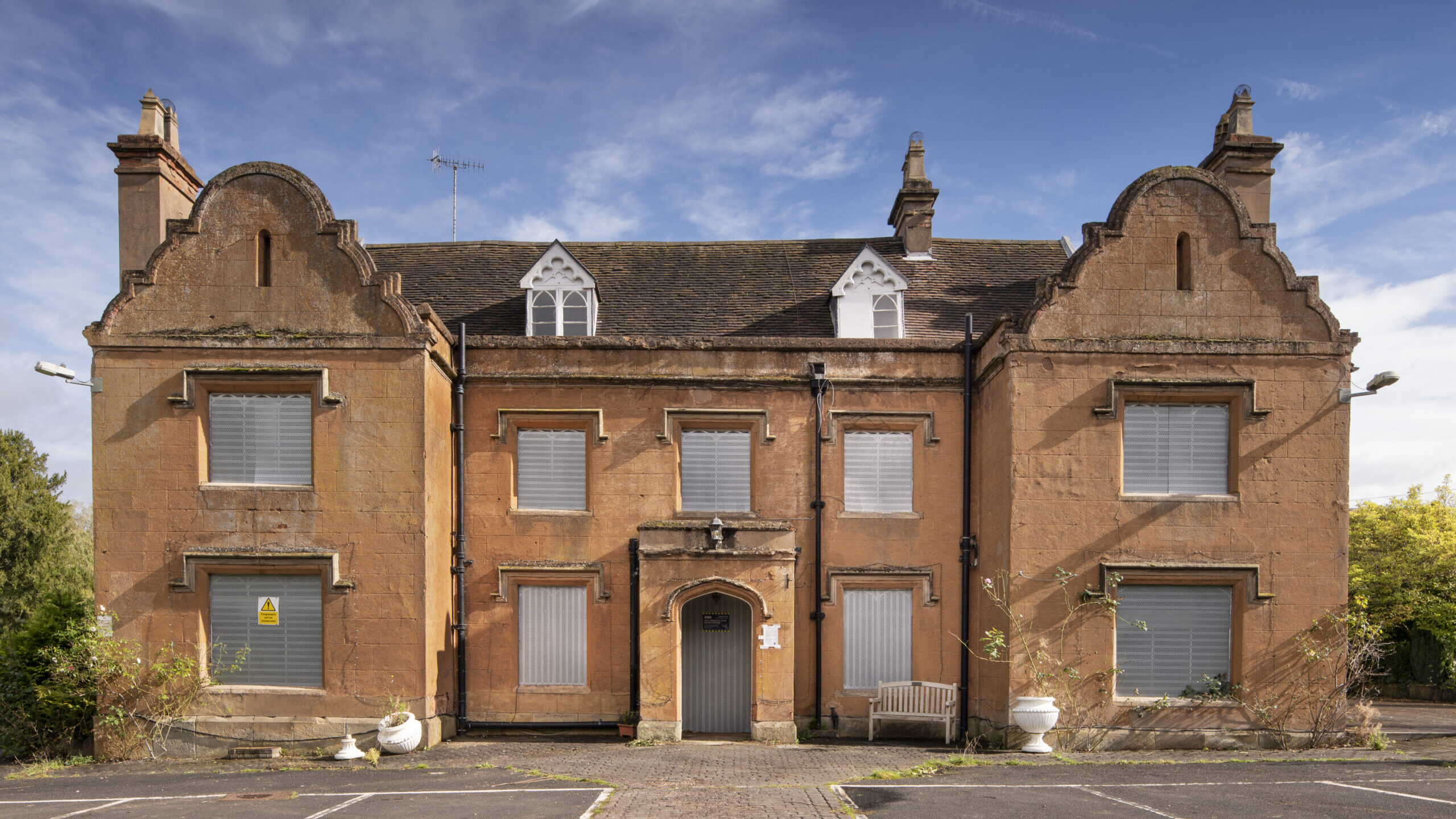Gunpowder Plot house added to Heritage at Risk Register

Over the past year, 159 historic buildings and sites have been added to Historic England’s Heritage at Risk Register because they are at risk of neglect, decay or inappropriate development.
Sites added to the register this year include the Grade II* listed Holbeche House in the West Midlands, where the last stand of the Gunpowder Plot conspirators took place on 7 November 1605.
Other new entries include the Great White Horse Hotel in Ipswich, Suffolk – the inspiration for Charles Dickens’ first novel, The Pickwick Papers, as well as a venue that hosted King George II, Admiral Lord Nelson and The Beatles; and the Church of St Mary in Suffolk, which was painted by celebrated landscape artist John Constable.
Meanwhile the future has been secured for 203 sites. In total, there are 4,871 entries on the register in 2023 – 48 fewer than in 2022.
This year marks the 25th anniversary of the publication of the first national Heritage at Risk Register. Since it began in 1998, around 6,800 entries have been removed – approximately three-quarters of the entries on the original register.
Historic England awarded £7.63m in grants for repairs to 155 sites on the risk register during over 2022 to 2023.

Sites saved and removed from the register in the past year include Holmfirth Conservation Area in West Yorkshire, best known as the home of the TV comedy series Last of the Summer Wine, which ran from 1973 to 2010; Bourn Mill in Cambridgeshire, one of the oldest windmills in England; Tolpuddle Old Chapel in Dorset, vital to the story of the Tolpuddle Martyrs, who became a popular cause for the early trade union and workers’ rights movement; and a rare Victorian electricity substation in Wimbledon.
Duncan Wilson, the chief executive of Historic England, said: “Protecting our heritage is so important. It is truly inspirational to see communities coming together to help save historic buildings and places and find new uses for them.
"The Heritage at Risk programme shines a light on our historic sites most in need and can help to attract funding and help. After a quarter of a century of the Heritage at Risk Register, we are celebrating how many places have been saved and continue to find new ways to involve local people in caring for and enjoying their heritage.”
